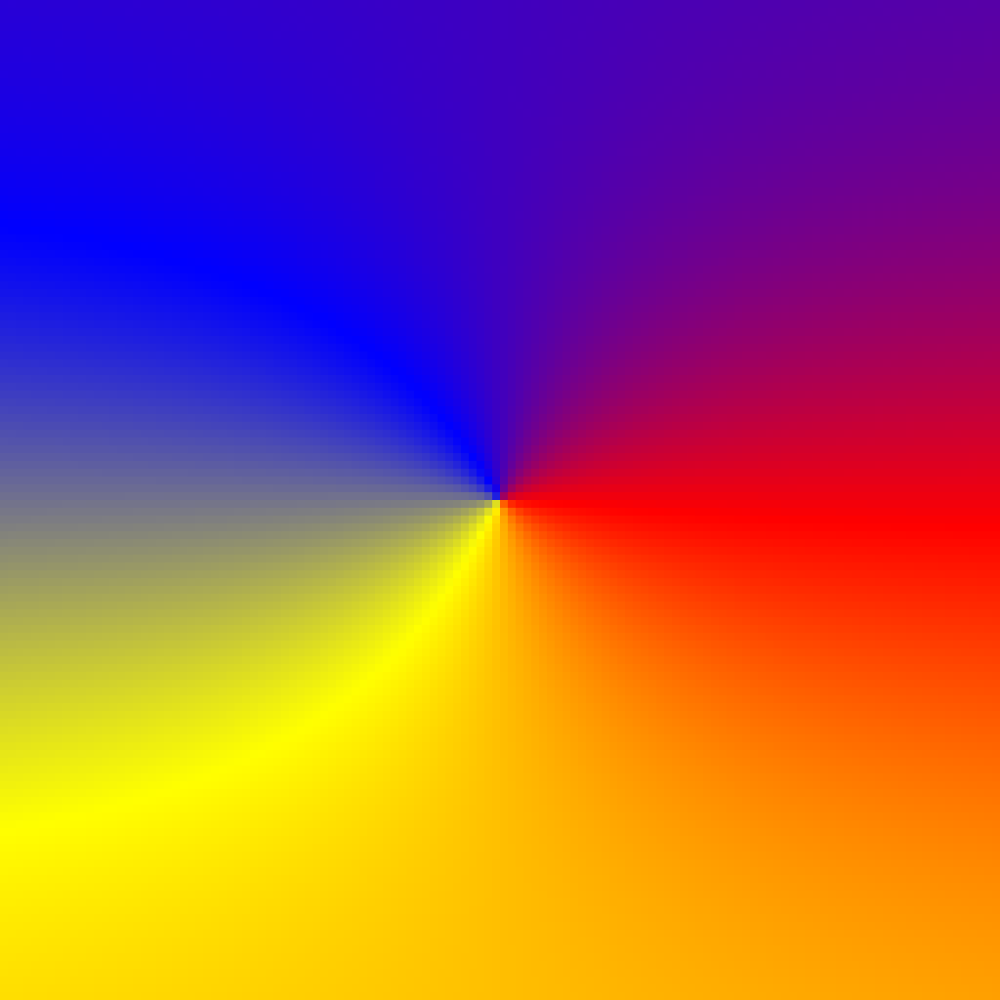
Bálint Korbuly1, Mathis Plapp2, Hervé Henry2, James A. Warren3, László Gránásy1,4, Tamás Pusztai1
1Institute for Solid State Physics and Optics, Wigner Research Centre for Physics, P.O. Box 49, Budapest H-1525, Hungary
2Laboratoire Physique de la Matière Condensée, École Polytechnique, CNRS, Université Paris-Saclay, 91128 Palaiseau Cedex, France
3Metallurgy Division, National Institute of Standards and Technology, Gaithersburg, Maryland 20899, USA
4BCAST, Brunel University, Uxbridge, Middlesex, UB8 3PH, United Kingdom
Standard two-dimensional orientation-field-based phase-field models rely on a continuous scalar field to represent crystallographic orientation. The corresponding order parameter space is the unit circle, which is not simply connected. This topological property has important consequences for the resulting multigrain structures: (i) trijunctions may be singular; (ii) for each pair of grains there exist two different grain boundary solutions that cannot continuously transform to one another; (iii) if both solutions appear along a grain boundary, a topologically stable, singular point defect must exist between them. While (i) can be interpreted in the classical picture of grain boundaries, (ii) and therefore (iii) cannot. In addition, singularities cause difficulties, such as lattice pinning in numerical simulations. To overcome these problems, we propose two formulations of the model. The first is based on a three-component unit vector field, while in the second we utilize a two-component vector field with an additional potential. In both cases, the additional degree of freedom introduced makes the order parameter space simply connected, which removes the topological stability of these defects.


